OUR GENERATION may have
grown up coveting emeralds, sapphires and rubies, but we’ve come of
age embracing a wide spectrum of glamour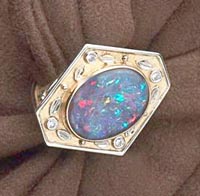 that also includes tourmalines, citrines, topaz, amethysts and other
great things from the good Earth. With so much to choose from, however,
it’s not enough to love a gem or its setting. With that in mind, there
are measures a bride can take to ensure the lustre of what captures
her eye will endure for years to come.
that also includes tourmalines, citrines, topaz, amethysts and other
great things from the good Earth. With so much to choose from, however,
it’s not enough to love a gem or its setting. With that in mind, there
are measures a bride can take to ensure the lustre of what captures
her eye will endure for years to come.
While the process of buying “investment” pieces that fit the dress
and the bride’s personality can be emotional, designer Margo Manhattan
notes that one’s emotions can serve one well. ‘You’ll want to look
for that glimmer and sparkle inside the stone,’ she advises. ‘You
need to look below the surface, and not buying something because
it is a certain stone you happen to like. Look closely at gems and
ask yourself if they are too dark, or have little white fractions
or other flaws. You want something that is clean and lively from
the inside out, something that excites you enough to wear it all
the time.’
Konstantina, creator of the
Mahlia collection, suggests that when buying jewellery, ask
the dealer lots of questions. For example, is the stone very rare,
and why? How will a stone translate to the piece I am wearing or
having designed? Does the mounting make the stone more valuable?
Though a lot of the industry is catching up to the question of conflict-free
stones, the origin of a stone is also an extremely valid question.
‘It’s not just about what kind of a stone it
is,’ she adds. ‘Take note of the way the stone is cut, as certain
cuts add to a gemstone’s value. It could be a special cut by a noted
stonecutter, or an unusual specimen of its kind. It can be something
fairly mundane, but the setting makes it more expensive. While “conflict-free”
is still tough to pinpoint, there are more and more ways to certify
what is truly conflict free. This has become a huge topic among
jewellery designers because their consumers care about where the
diamonds and other stones come from.’
Marcelo Novaes, an H. Stern spokesperson based at the company’s
Rio headquarters and gemology museum, not only stresses the importance
of seeking conflict-free jewellery, but also being sure the colours
of gems within a piece will flatter the wearer and enable her to
enjoy it on casual and special occasions.
‘The use of colour is not only centred on the
stone, but how it can perform the best effect on each wearer’s individual
feature,’ he says. ‘Each person is different, with different face
shapes, skin, eyes and hair colour. All of that will have a big
influence on which pieces will suit you the best. Work with sales’
associates who are trained in choosing the best colours, settings,
stones complementing and accentuating your best look. It is also
important to pay attention to “centre stone pieces”, where the principal
stone is so perfect, flawless and colour-saturated, that it draws
the eye to admire only the stone itself. Settings take a second
place, and the gem will be valued according to how the close to
perfection that nature would allow it to be.’ •
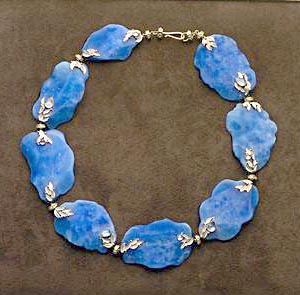
This page Items from the Mahlia collection
from Tucson, Arizona.
|
 |
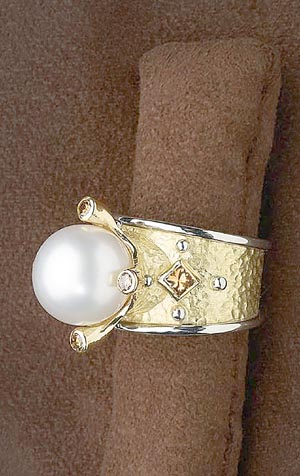
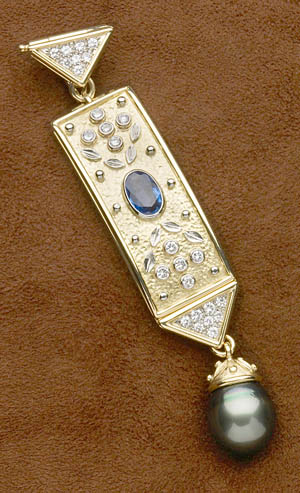
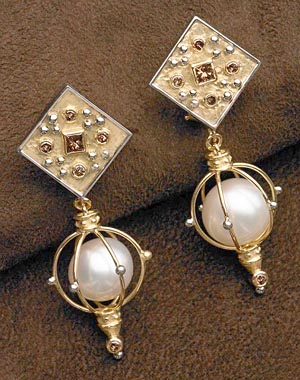
Elyse Glickman is US west coast editor of Lucire.
|

